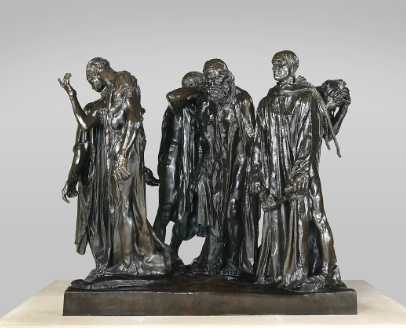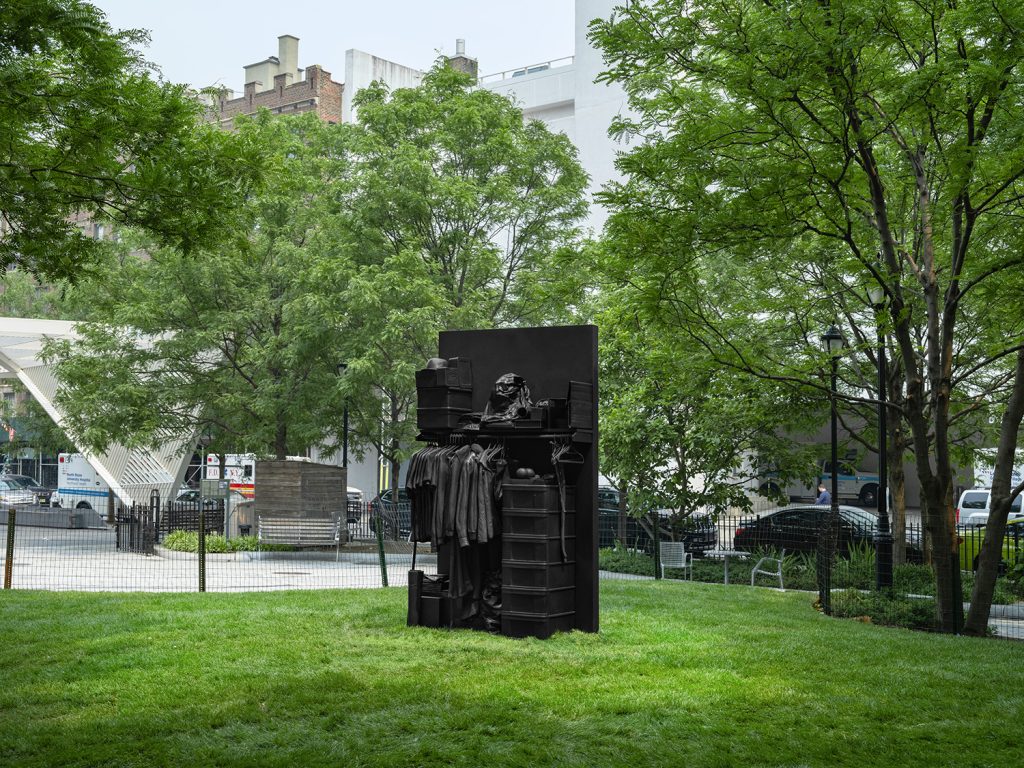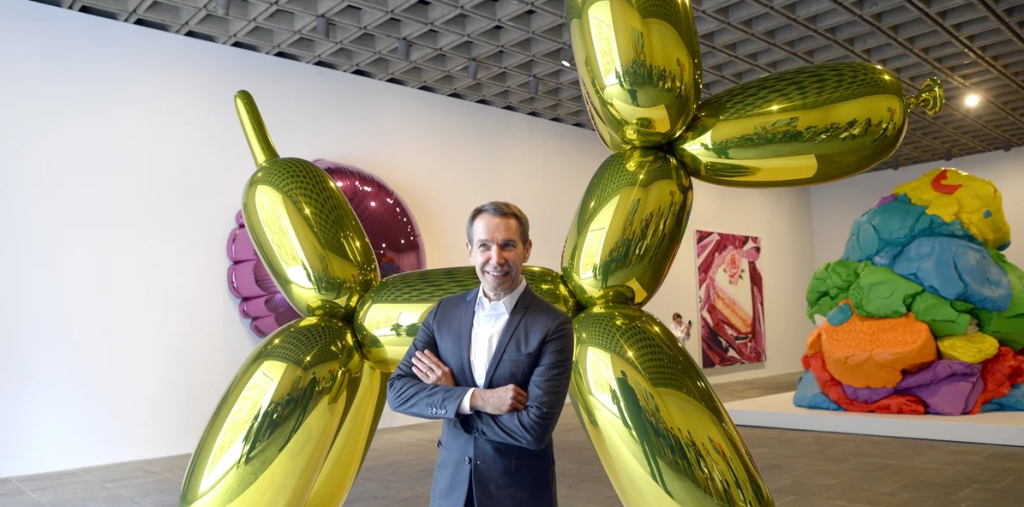The Master of Emotion: Exploring the Depths of Rodin’s Iconic Statues
Auguste Rodin, often celebrated as the father of modern sculpture, created works that resonate deeply with human emotion. His statues capture the complexity of the human experience, inviting viewers to connect with the thoughts and feelings of the figures he sculpted. In this post, we will delve into Rodin’s iconic statues, examining how they evoke powerful emotions and what makes them timeless pieces of art.
The Emotional Language of Form
Rodin mastered the art of conveying emotion through the human form. Each curve and contoured muscle of his sculptures tells a story, often reflecting themes of love, despair, and existential struggle. Take “The Thinker,” for example. This statue depicts a figure in deep contemplation, his furrowed brow and tense posture illustrating profound thought. The emotion captured in his body language invites viewers to reflect on their own inner dialogues. Rodin believed that the physical body could express feelings more effectively than words, and his works serve as a testament to this philosophy.
The Influence of Nature and Human Experience
Rodin found inspiration in nature and the rich tapestry of human relationships. His sculptures often feature intertwining figures that emphasize connection and intimacy. In “The Kiss,” the passionate embrace of two figures symbolizes not only romantic love but also the unity of souls. Rodin’s exploration of human connection reflects an understanding that every emotion is intertwined with our experiences. This connection to nature and personal relationships adds depth to his sculptures, making them relatable to a wide audience and inviting them to explore their own emotions.
The Legacy of Rodin’s Art
Rodin’s influence extends beyond his lifetime, affecting generations of artists and sculptors. His innovative techniques and emotional depth have inspired countless works in both sculpture and other art forms. Museums around the world, such as the Musée Rodin in Paris, showcase his masterpieces, allowing new audiences to appreciate the profound impact of his art. Beyond exhibitions, Rodin’s creative spirit encourages contemporary artists to find their own voice and explore their emotional landscapes. By studying his works, we learn not only about sculpture but also about the importance of expressing our innermost feelings.
In conclusion, Rodin’s sculptures serve as a bridge to understanding human emotions and experiences. Through their exquisite detail and depth, they invite us to engage with our own feelings and connect with others. If you’re compelled to learn more about Rodin’s life and work, consider visiting a local art museum or diving into books that explore his artistic journey. Each encounter with Rodin’s creations deepens our appreciation for the emotional power of art.


